The Rose Bowl
21123
21123
HAYNES
Kerosene Cowboys: Manning the
Montrose
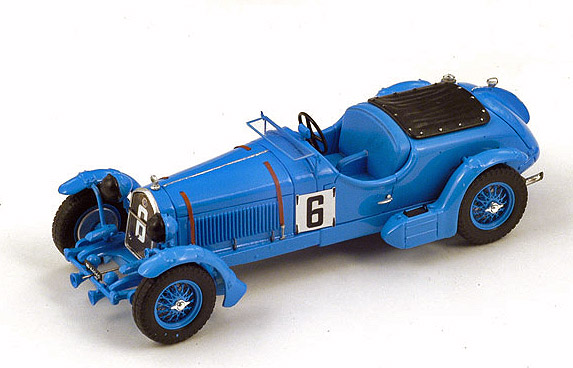
Spark 3887 1/43
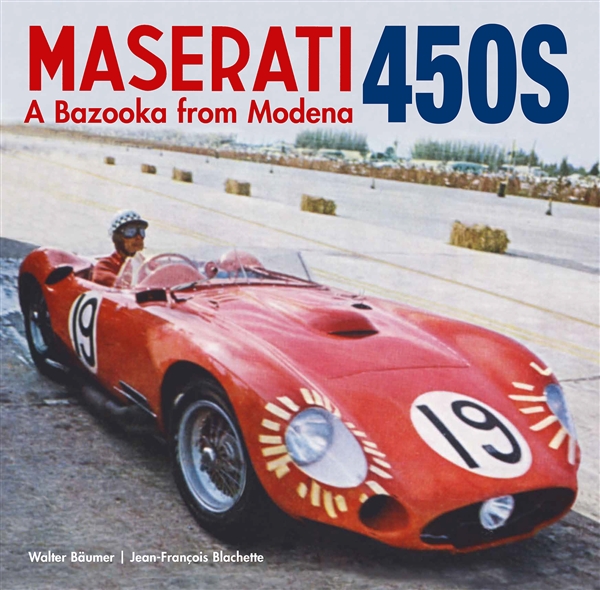
“When she didn’t break, she won”. The Maserati 450S, also called Tipo 54 in the factory codification, was the fastest and most powerful of the Maserati built to face the arch-rival Ferrari in the World Sports Car Championship of the 1957 season which constituted the apotheosis of the golden age of motor racing. Fitted with the powerful Maserati 4.5 Liter V8 engine and dressed in an elegant bodywork by Fantuzzi, it was the “lethal weapon” that was to allow Maserati to win the 1957 Sportscar World Championship.
Nicknamed “Bazooka”, the 450S became also the most tragic race car that Maserati ever build: it won in Sebring and Sweden, totally failed at the Mille Miglia, at the Nürburgring and in Le Mans culminating in a grotesque and disastrous race in Venezuela, leaving all laurels to Ferrari. Then it became obsolete in Europe due to a change of the FIA regulations for 1958.
Emigrated to the USA, the Maserati 450S started its other race career with owners such as Tony Parravano, Jim Kimberly, John Edgar, Temple Buell, Ebb Rose and Frank Harrison. The 450S then won many races in the USA at the hands of the best US drivers like Carroll Shelby, Jim Hall, Masten Gregory, Dan Gurney, Lloyd Ruby and Bill Krause, and so became a very important part of the US race history in the 1950s.
This book retraces the saga of the ten Maserati 450S “Bazookas” built and their eventful lives, chassis by chassis, illustrated with an exceptional iconography of period photos, most of which have never been published before.
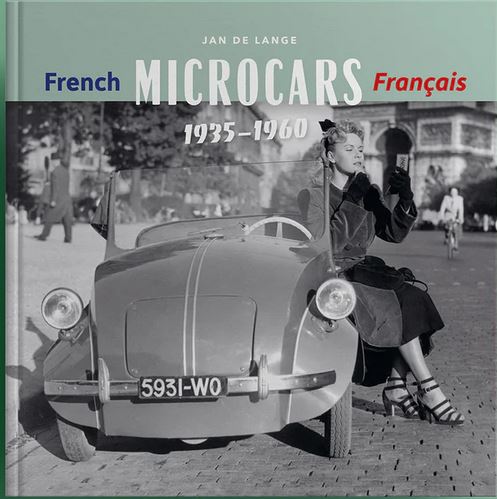
By 1935, Citroën, Peugeot and Rosengart had stopped producing their economy models. For the average Frenchman it was now almost impossible to buy a car. Many companies and individuals tried to find a solution by designing some sort of car for people who couldn’t afford one: an impossible task. Still, from 1935 up to 1960, more than 100 attempts were made, ranging from brilliant to absurd.
The variety of these constructions is mind boggling, but so far, they have generally been ignored by car historians. This book aims to fill the gap with histories of the most important concepts and constructions, illustrated with many hundreds of high-quality period photographs and documents.
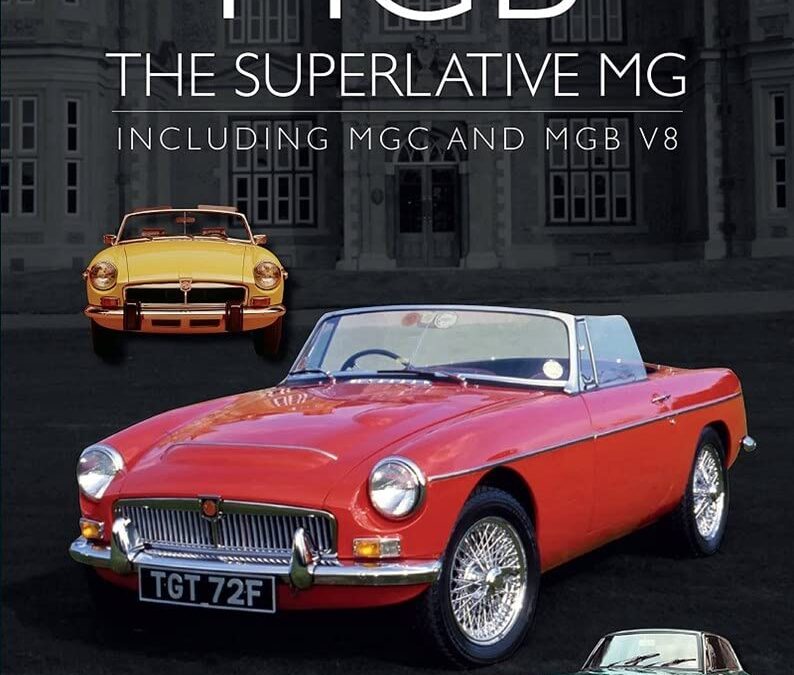
Launching in 1962 and in production for eighteen years, the MGB became one of the most successful sports cars the world has ever known. MGB – The Superlative MG describes how the MGB arose principally from the ideas of one man, MG’s Chief Engineer, Syd Enever, how it was designed and developed, how it survived and thrived, and how it became the classic car still so highly regarded today. With over 620 archive and specially commissioned photographs, including previously unseen models, sketches and prototypes, and packed with tables and data, it includes how the drive to replace the revolutionary MGA led to the development of the MGB, with the key personnel involved at each stage. It goes on to describe the genesis of the Pininfarina-refined MGB GT, and the Ferranti MGB hardtop as well as the MGC and incredible lightweight MGC GTS – including, for the first time, what became of the factory cars when first sold. The story of Ken Costello and his MGB V8, and the factory MGB GT V8 is covered along with the evolution of the MGB through the difficult period of British Leyland to the tragic end of the Abingdon factory. The full story of the lost cause of the Aston Martin Lagonda bid to rescue Abingdon and the MGB – including political and commercial insight is given along with detailed insight from many people who were closely involved in the creation, development and ultimate demise of the MGB. The motorsports story of the MGB family, including race details, insiders’ stories and key racer biographies is covered. Finally, the sales and marketing of the MGB in its two principal sales markets, including the clever advertising campaigns and commercials is covered and details of the overseas assembly of the MGB, in particular Ireland and Australia.
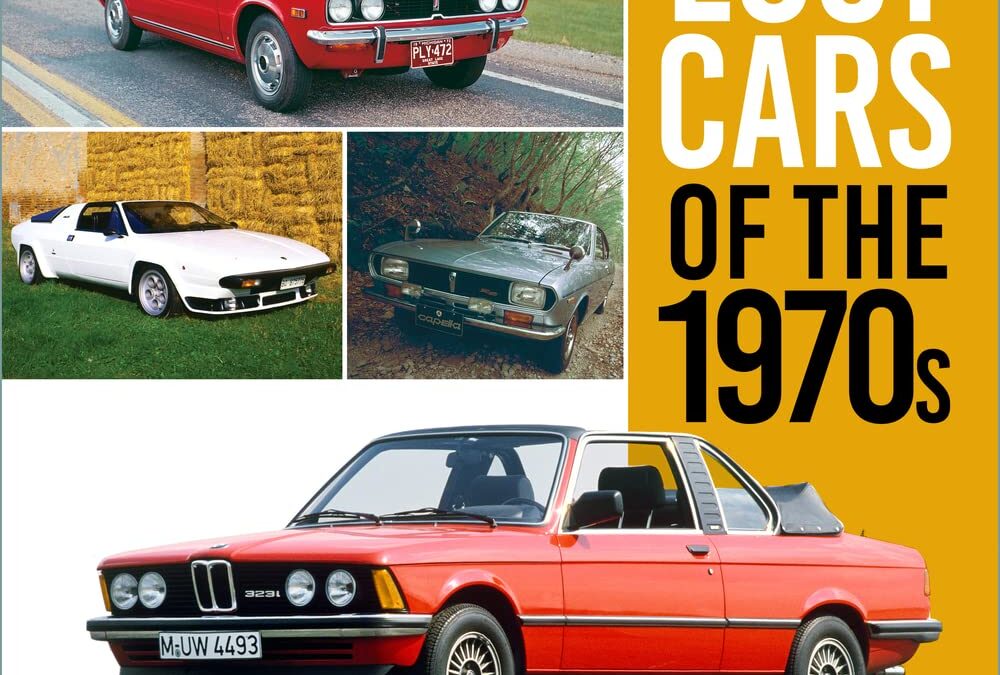

Prohibition was imposed by eager temperance movements organizers who sought to shape public behavior through alcoholic beverage control in the 19th and early 20th centuries. The success of reformers’ efforts resulted in National Prohibition in America from 1920 to 1933, but it also resulted in a thriving illegal business in the manufacture and distribution of illegal liquor. The history of Prohibition and the resulting illegal drinking is frequently told through the lens of crime and violence in Chicago and other major East Coast cities. Often neglected are the effects of Prohibition on the Western part of the United States and how Westerners rose to the challenge of avoiding the consequences of illegal drinking. Illegal liquor was imported from abroad, made in stills using strange ingredients that were sometimes poisonous to the unlucky drinker. This history includes stories ranging from serious to quirky, and provides an entertaining account of how misguided efforts resulted in numerous unintended consequences.
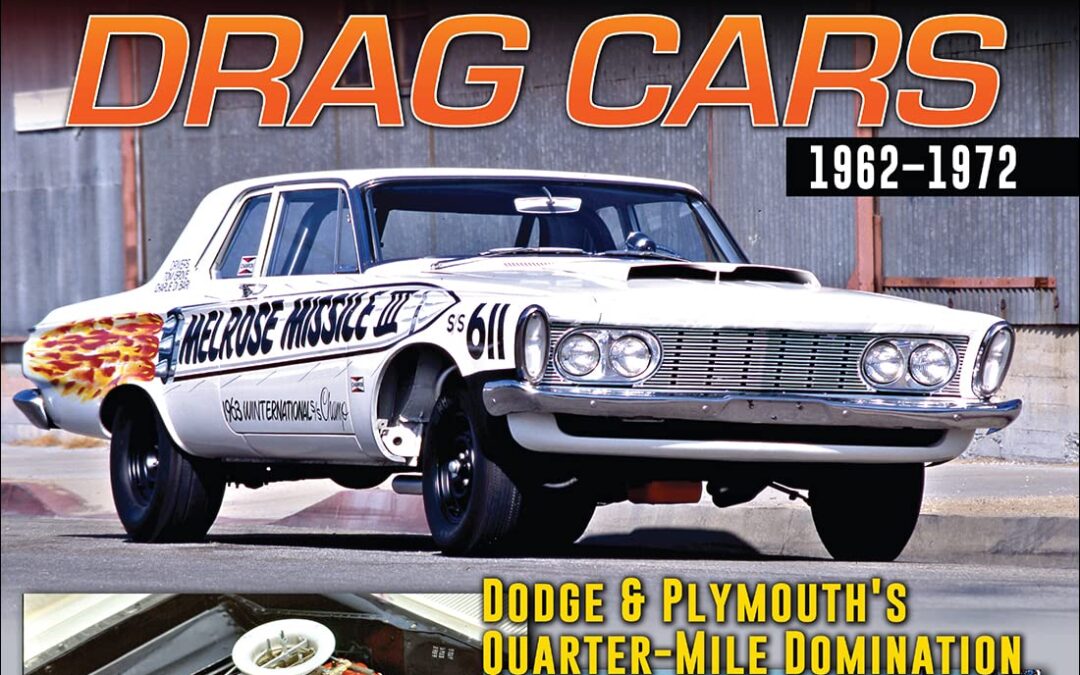
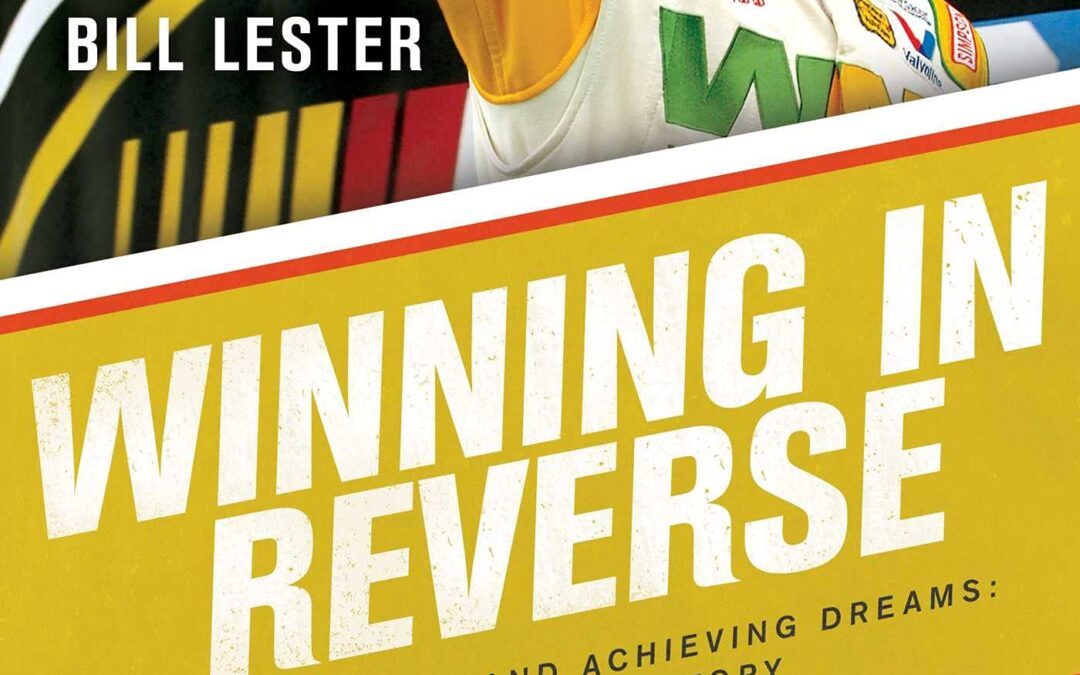
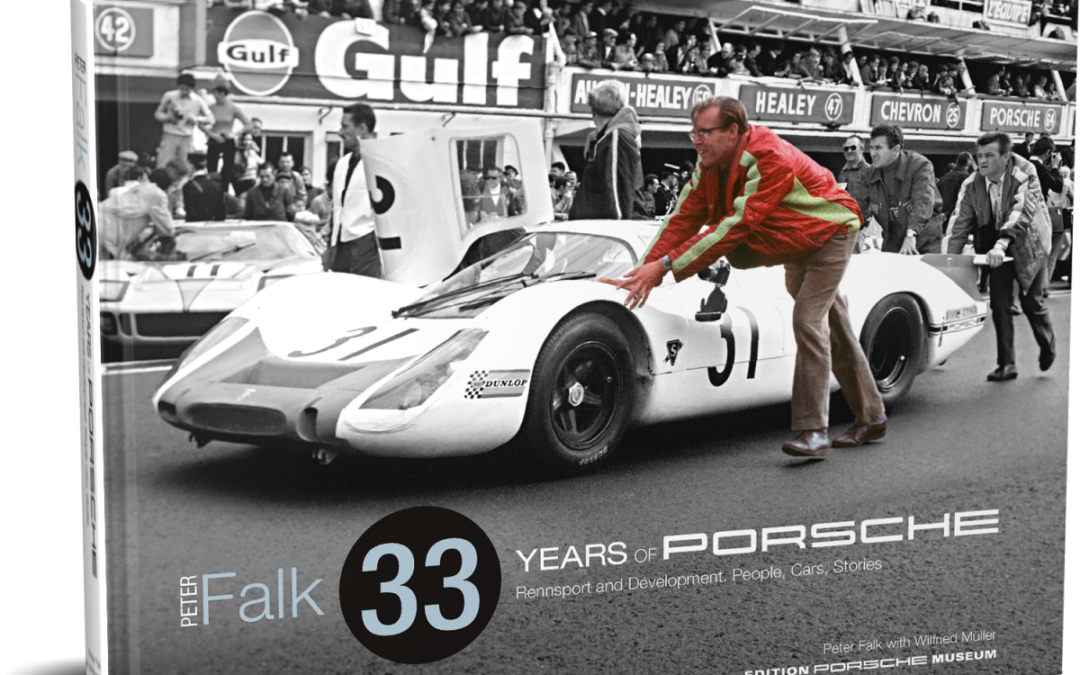
Peter Falk and Porsche, 33 years of passion and devotion: As their race director and one of the leading figures in their experimental department, Peter Falk contributed significantly to the character of the sports cars from Stuttgart-Zuffenhausen – both on the race track and on the road.
From the first 901 right through to the very last air-cooled Type 993, every Porsche 911 bears the signature of Peter Falk. He joined the company in 1959 and quickly rose through the ranks to head various testing departments. In the mid-sixties, Falk also took over the tactical and technical leadership of the factory’s “Rennsport” team. In 1981, he was appointed as race director and led Porsche throughout its most successful era of competition. “His” team won at Le Mans, became World Sports Car Champions, conquered the Paris-Dakar Rally, and was victorious in Formula 1 with the TAG Turbo engine.
In this book, Peter Falk tells of his years with Porsche. A highly respected person in the world of engineering, he relates how it all began at Porsche – when race drivers and engineers huddled together in a shepherd’s hut at Weissach to discuss suspensions, what the Porsche crew experienced during endless testing adventures in both the Arctic Circle and the Sahara, how the race cars at Le Mans roared to the start over country roads, and how a test drive with a Porsche 908 almost cost him his life. He shares his views on every Porsche race car, from the 904 Carrera GTS to the 962C, and describes the race drivers who competed during his reign: Hans Herrmann, Jacky Ickx, Vic Elford, Derek Bell, Hans-Joachim Stuck and Jochen Mass to name just a few. Falk provides a good, long look into the inner workings of Porsche.
Peter Falk shared his personal Porsche stories and fascinating insights with the author Wilfried Müller. The images in this book come from Peter Falk’s private collection, from the Porsche Historical Archive in Stuttgart-Zuffenhausen, and from the vast cache at McKlein Photography. Along with the contributions from former colleagues and race drivers, these images and stories give an in-depth portrayal of Peter Falk’s 33 years with Porsche.
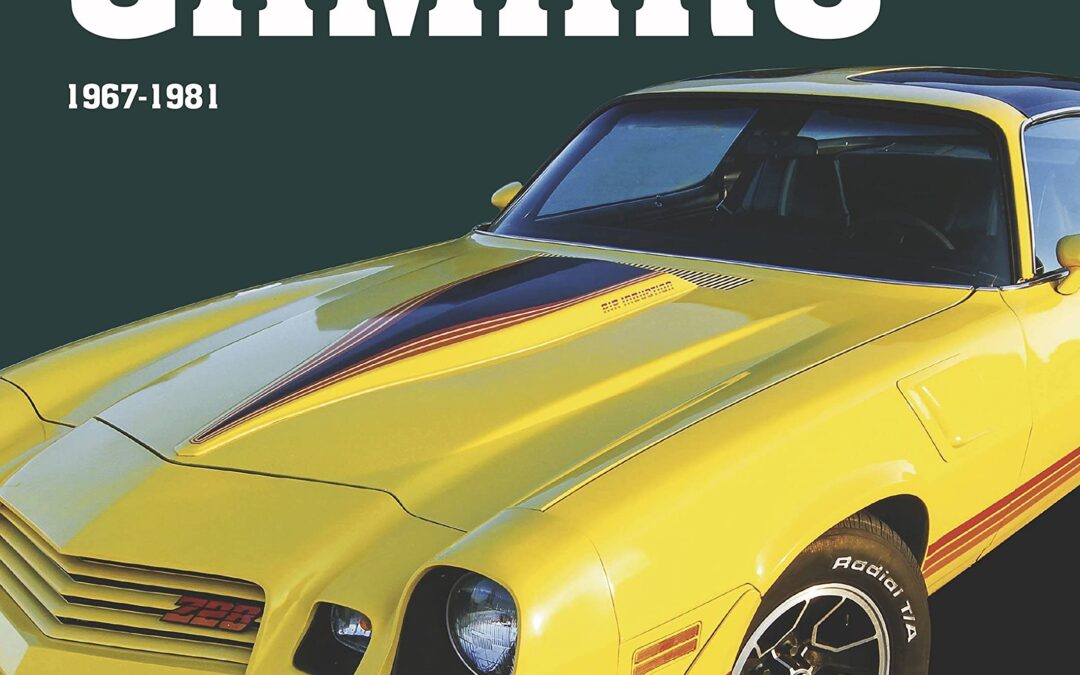
Chevrolet was Number One in the sales race. If you needed a car, chances are Chevrolet made it. However, in 1964 there arose a problem. Some guy at Ford came up with a car called the Mustang, maybe you’ve heard of it? But don’t worry, Chevrolet had a solution called the Camaro.
In racing, where you are on lap one, isn’t nearly as important as your position when the checkered flag falls. By 1981, Camaro was so far in front of Mustang, Henry needed binoculars to see the Z28’s taillights! Camaro was part of the speed shop scene, modified by the most famous names of the muscle car era. In racing, Chevrolet’s pony left no stone unturned, inside and outside America.
With the fuel crisis, insurance, and inflation, America sought a new kind of coupe. The Bowtie boys even outsold Mustang, with that Z28 having the upper hand in the Chevrolet versus Ford rivalry. Chevrolet’s dedicated coupe even outfoxed Ford’s sedan based Mustang. If the Corvette is the King of American Sportscars, then ‘The Hugger’ must be the Prince of Ponies!
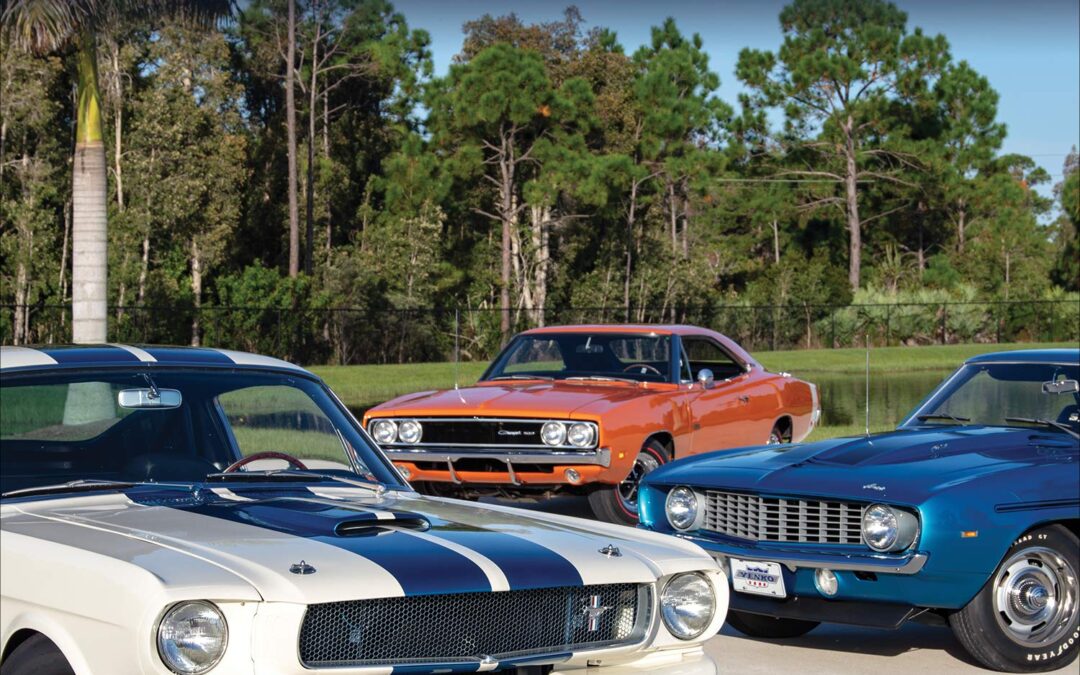
“Get one before one gets you!”
Motion Performance’s catchy sales pitch for builder Joel Rosen’s Phase III Specialty Muscle Cars sums up the escalating performance scene in the late 1960s. Special edition muscle cars were essential to keep pace. Joel and other independent car builders (such as Carroll Shelby, George Hurst, Dick Harrell, Mr. Norm, and Jim Wangers) did what the factories couldn’t do: take the muscle car and turn it into a tire-burning monster.
Although the Pontiac GTO established the muscle car category in 1964, a host of corporate safety restrictions restrained factories from offering turn-key race cars off the showroom floor. Independent car builders enhanced appearance and amplified performance in an attempt to do what the manufacturers wouldn’t. Motion Performance issued a written guarantee: Phase III cars would run 11.5 at 120 mph down the quarter-mile!
Some of the most iconic nameplates in automotive history were applied in this era with names that included Cheetah, Black Panther, Royal Bobcat, Super Hugger, Manta Ray, Super Snake, Deuce, Fast Track, and The Machine. How did manufacturers stealthily promote these special edition muscle cars as “halo cars” while pretending not to endorse them? What happened to these innovators when factories assimilated their ideas? It’s all covered inside.
Muscle car historian Duncan Brown takes us through these special edition muscle cars, their creators, and the behind-the-scenes forces that shaped these wild beasts into legends that left a lasting legacy.

‘Glorious…gripping and sometimes tragic’ Robbie Coltrane
The inspirational story of the Bentley Boys and Le Mans – the race they made their own.
Le Mans, 1927. W.O. Bentley peered into the dusk. His three cars, which had led from the start, were missing. Two years running he had failed to finish. Once again he was staring into a void. Racing, his shareholders told him, was a waste of money. This race looked like being his last.
W.O’s engineering skills had been forged on the Great Northern railway and in the skies of the First World War, where Bentley-powered Sopwith Camels took the fight to Germany’s Red Baron. Determined to build and race his own cars, he assembled a crack team from all strata of 1920s Britain, from East End boys Leslie Pennal and Wally Hassan to multi-millionaires Woolf Barnato and Tim Birkin, men in search of adventures to blaze their way out of the dark past.
They dedicated themselves to building the perfect road and racing car. In the hayloft above their workshop, the first Bentley was born and soon it was the car of choice for the fast-living upper classes. They raced at the fashionable Brooklands circuit and then set their sights on the fledgling 24 Hours Le Mans race. An audacious goal for a British car, yet the Bentley Boys rose to the challenge. But on that night in 1927, after the biggest crash in racing history claimed their cars, could they still pull it off and put British motor racing on the map?
In the 1920s, Bentley Motors burned brightly but all too briefly; yet its tale, filled with drama, tragedy, determination and glory still shines a century on.
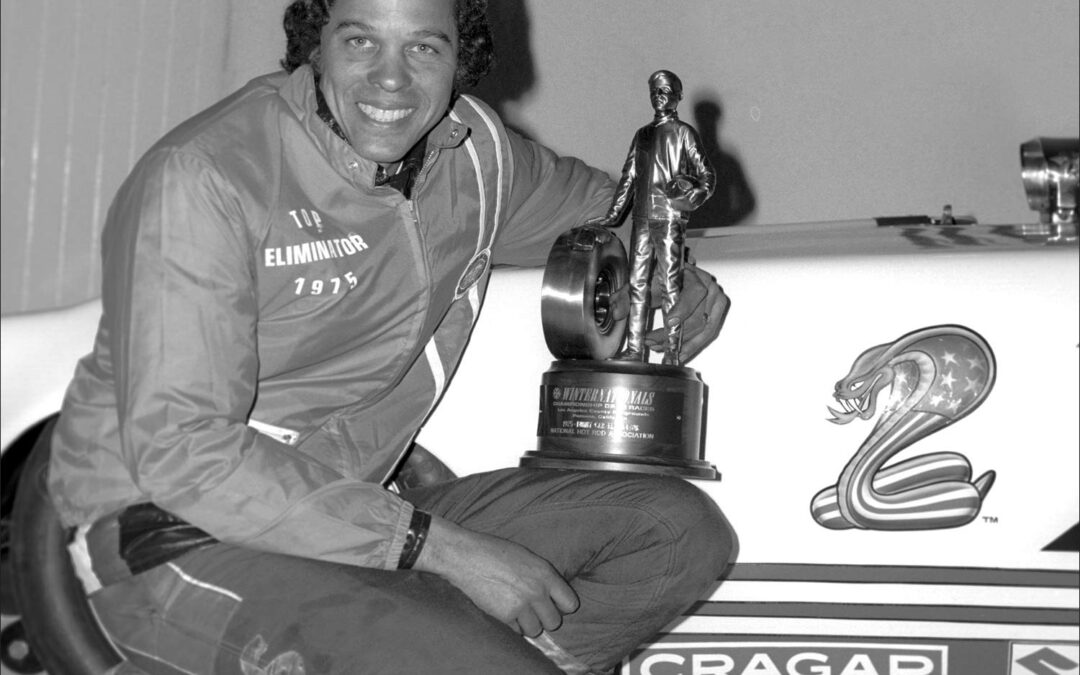
Don “The Snake” Prudhomme reveals for the first time ever his incredible life and career on and off of the drag strip.
Imagine spending a year with Don “The Snake” Prudhomme, having coffee together and talking about his life, his racing, his friends, and his family. He’d tell you about how he rose from being a high school drop-out who was painting cars to a respected Top Fuel dragster driver and successful businessman. You’d hear how he toured the country with Tommy Ivo and “The Hawaiian” Roland Leong, racing all the legends from “Big Daddy” Don Garlits to “The Golden Greek” [Chris] Karamesines.
He’d say how he met Tom McEwen and recall how they became the Snake and the Mongoose, leading to a career in Funny Cars that netted him four championships in a row. He’d talk about the thrill of first wins and owning his own teams but also the struggles of bad seasons, crashes and fires, broken parts, and broken contracts. Along the way, he’d speak about the people in his life, such as engine-builder Keith Black and NHRA president Wally Parks, and those who were killed in the wild and unpredictable sport of nitro racing.
It wouldn’t be only racing, though. Prudhomme would share lessons he learned about business and life from such varied sources as a neighbor in Granada Hills to Ford GT40 driver Dan Gurney. He also would talk about the importance of family: how his wife, Lynn, and daughter, Donna, changed his world and how finding out about his African-American roots opened his eyes to a culture and inheritance he’d always wanted.
This is the experience you’ll get in Don “The Snake” Prudhomme: My Life Beyond the 1320.

The life of Derek Bennett and the success of Chevron Cars are inextricably entwined in the Chevron Story. After years eking out a living mending cars in back street garages, Derek rose to become one of the world’s leading builders of racing cars. Chevron is the fairy tale story of how he did it.
Stars such as Alain Prost, Niki Lauda, Brian Redman, James Hunt, Keke Rosberg, Nigel Mansell, Graham Hill, Peter Gethin and Jody Scheckter all drove Chevrons. In his book “Chevron – The Derek Bennett Story” – David Gordon explains how they got on.
After travelling many thousands of miles to trace the people who knew and worked with Derek, motor racing journalist David Gordon tells the Derek Bennett story and that of his brainchild Chevron Cars, charting the contributions of the many people who played a part in the company’s meteoric rise to success, and relating why it all happened the way it did.
Derek Bennett designed and built successful racing cars for 13 years from 1965 until his untimely death in 1978, but another four decades later the appeal of those cars shows no sign of waning.

The story of the mid-engined “Sharknose” Ferraris is one of glory and drama. Outstanding victories, such as winning the Formula 1 Championship in 1961 with American driver Phil Hill, are inextricably linked with profound tragedies–for example, the death of Wolfgang von Trips and fifteen spectators at the 1961 Italian Grand Prix in Monza. Newcomer Giancarlo Baghetti, on the other hand, is immortalised in the record books with three wins in his first three Formula 1 appearances–including the World Championship race in Reims.
The team’s sporting decline in 1962, after a glorious season the year before with seven Grand Prix victories, is pure drama. Constant intervention in team operations by Ferrari’s wife, Laura, drove away the entire leadership cadre of the Scuderia around Carlo Chiti, leaving to 26-year-old Mauro Forghieri the daunting task of running the team’s technical operations. Forghieri rose to the challenge and became one of the towering figures of motor sports.
While the monoposto 156, an icon in the world of Formula 1 and with irresistible styling by Fantuzzi, became a legend, the sports prototypes, also drawn by Fantuzzi, with their low weight and aerodynamically optimized shapes, had an enduring effect on the development of two-seater race cars in the years to follow. They celebrated wins in the Targa Florio, on the Nurburgring, and in the European Hill Climb Championship.
This book, with many previously unpublished images from the archives of the incomparable Bernard Cahier, paints a detailed picture of one of the most exciting epochs in motor sports, and one of its greatest icons–the Ferrari 156, and its prototype siblings, the 246SP and 196SP.
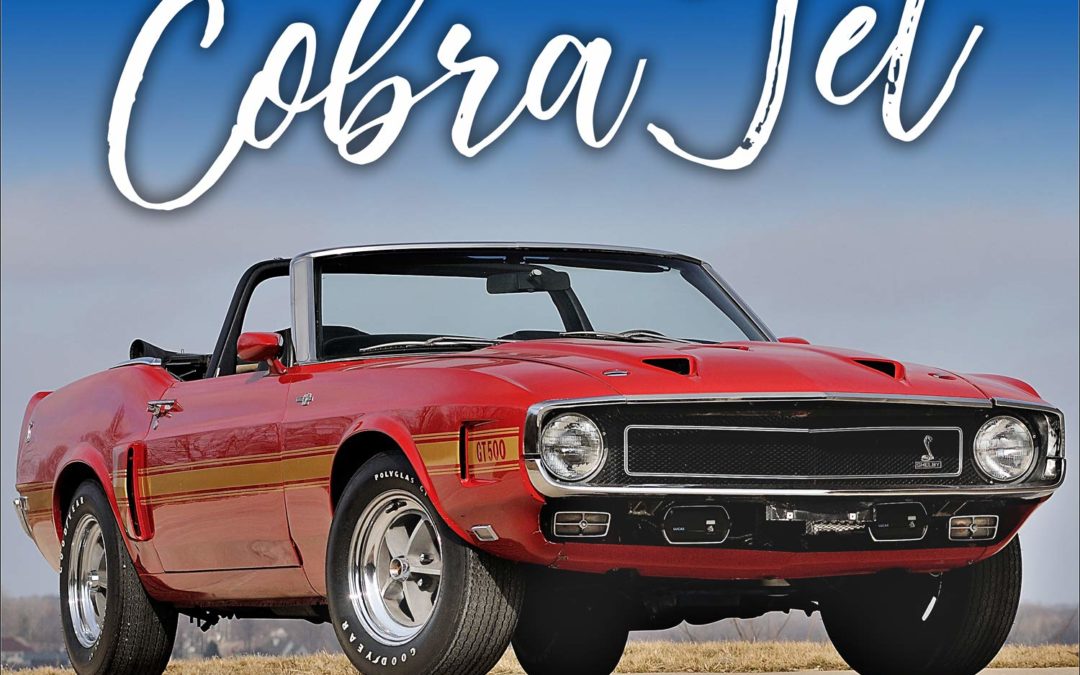
Relive Ford’s glory days in the muscle car era in this stunning new volume covering the popular and powerful Cobra Jets!
Ford’s “Total Performance” racing program in the early 1960s was the first stone turned in the task of repurposing its image to the youth market. The introduction of the Mustang increased that exponentially, but even in 289 Hi-Po form it was no match for the Pontiac GTO or other muscle cars. Neither was the 1966 Fairlane GT or subsequent 390 Mustang the following year. But when the 428 Cobra Jet Mustang debuted at Pomona for the NHRA Winternationals in 1968, that image evolved from wholesome to fearsome!
Cobra Jet Mustangs downed all comers and took the vaunted Super Stock Eliminator crown while introducing a new weapon under the hood to serve as fair warning to what was to be uncoiled at the stoplight. By the next model year with the revolutionary shaker hood on Cobra Jet-equipped Mach Is and the striking snake adorning the sheet metal of the midsize Cobra, Ford’s image makeover was complete.
The demise of the muscle car era didn’t signify the end of the Cobra Jet, as Ford continued the performance reign with the 351 Cobra Jet. The legacy left by Mustang, Cougar, Torino, Cyclone, and Ranchero 428, 429, and 351 Cobra Jet-powered vehicles is indelible. Mustang Monthly editor Rob Kinnan and muscle car expert Diego Rosenberg bring this history back to life in an all-encompassing book that is the first to specifically feature all Cobra Jet cars, including the purpose-built drag cars of today! Cobra Jet: The History of Ford’s Greatest High Performance Cars will hypnotize you as the first and complete history of Ford’s most famous engines during the era’s peak.